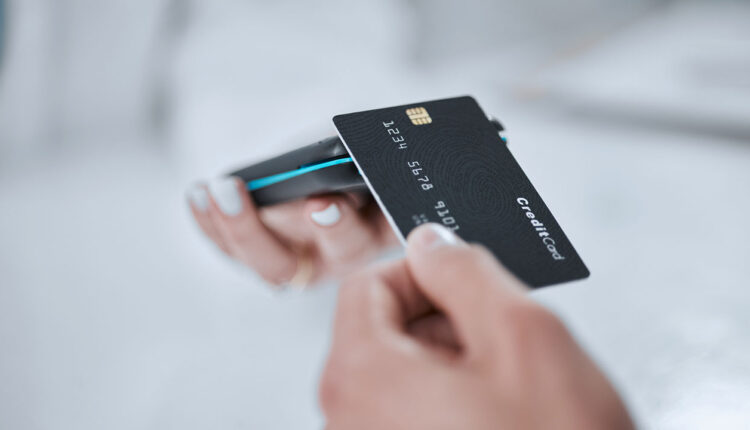
Should Your Practice Add a Credit Card Surcharge?
More practices are tacking on credit card surcharges to help offset rising processing fees but not everyone’s cheering. Before you jump on board, it’s worth weighing the financial boost against the potential patient pushback.
Credit card surcharges: some dentists call them a lifesaver, others call them a headache. As credit card use climbs and processing fees tag along for the ride, many practices are wondering whether it’s time to pass a slice of that cost back to patients.
On the pro side, surcharging can make a real difference for practices running on tight margins. Those 2% to 3% fees may not sound like much, but over hundreds of transactions, they nibble away at profit. Adding a small surcharge can help reclaim what’s being lost to card processors and make it possible to keep accepting credit cards without wincing every time someone pulls out the shiny plastic. It may even encourage patients to pay with cash or debit, speeding up cash flow so you’re not waiting days for funds to hit your account.
But before you grab the surcharge bandwagon and ride it into the sunset, there are some cons worth chewing on. Patients really dislike extra fees, so much so that more than half say they’ll switch providers over a surcharge. No one wants a “surprise fee” moment overshadowing an otherwise great appointment. And if most of your patients pay with credit cards, the surcharge essentially means your prices just went up, which doesn’t always play well in competitive markets.
There’s also the legal side. Some states ban or restrict credit card surcharges entirely, and the card networks have rules — a lot of them. You can’t profit off the surcharge, you must disclose it clearly, and it can apply only to credit (never debit). Plus, some systems can’t even tell the difference between the two, which is its own special kind of chaos.
If surcharging feels too risky, alternatives exist: offering a small cash discount, setting a minimum purchase amount, tweaking prices slightly, or switching to a processor with interchange-only pricing. Sometimes a strategic pivot does just as much good without upsetting patients.
Bottom line? Surcharging isn’t wrong, it just isn’t one-size-fits-all. Take a close look at your patient base, your margins, your local regulations, and your comfort level with awkward conversations at checkout. If the numbers make sense and the rules line up, it might be worth trying. If not, there are plenty of other ways to keep your overhead and your patients smiling. Click here to read more.


